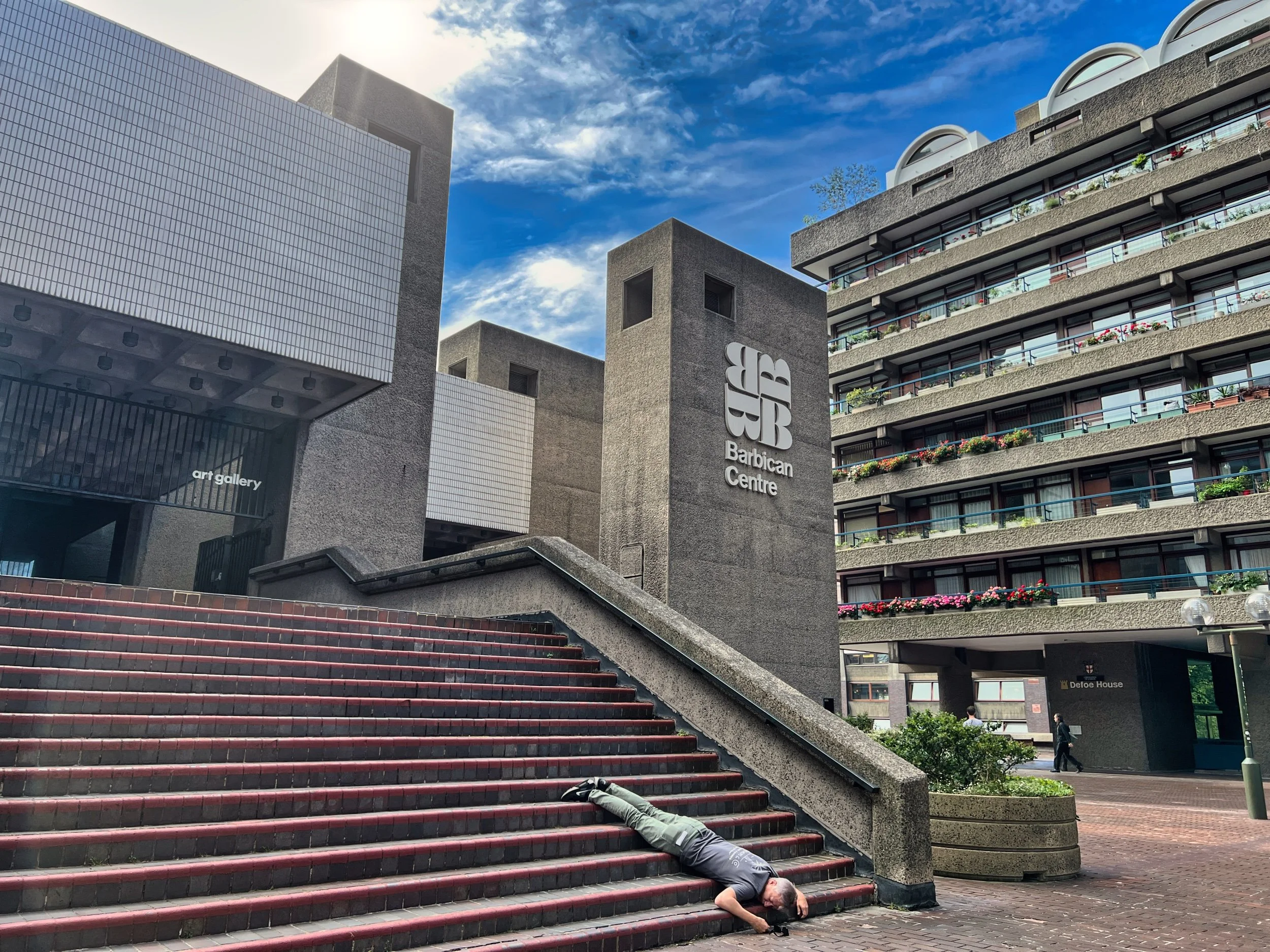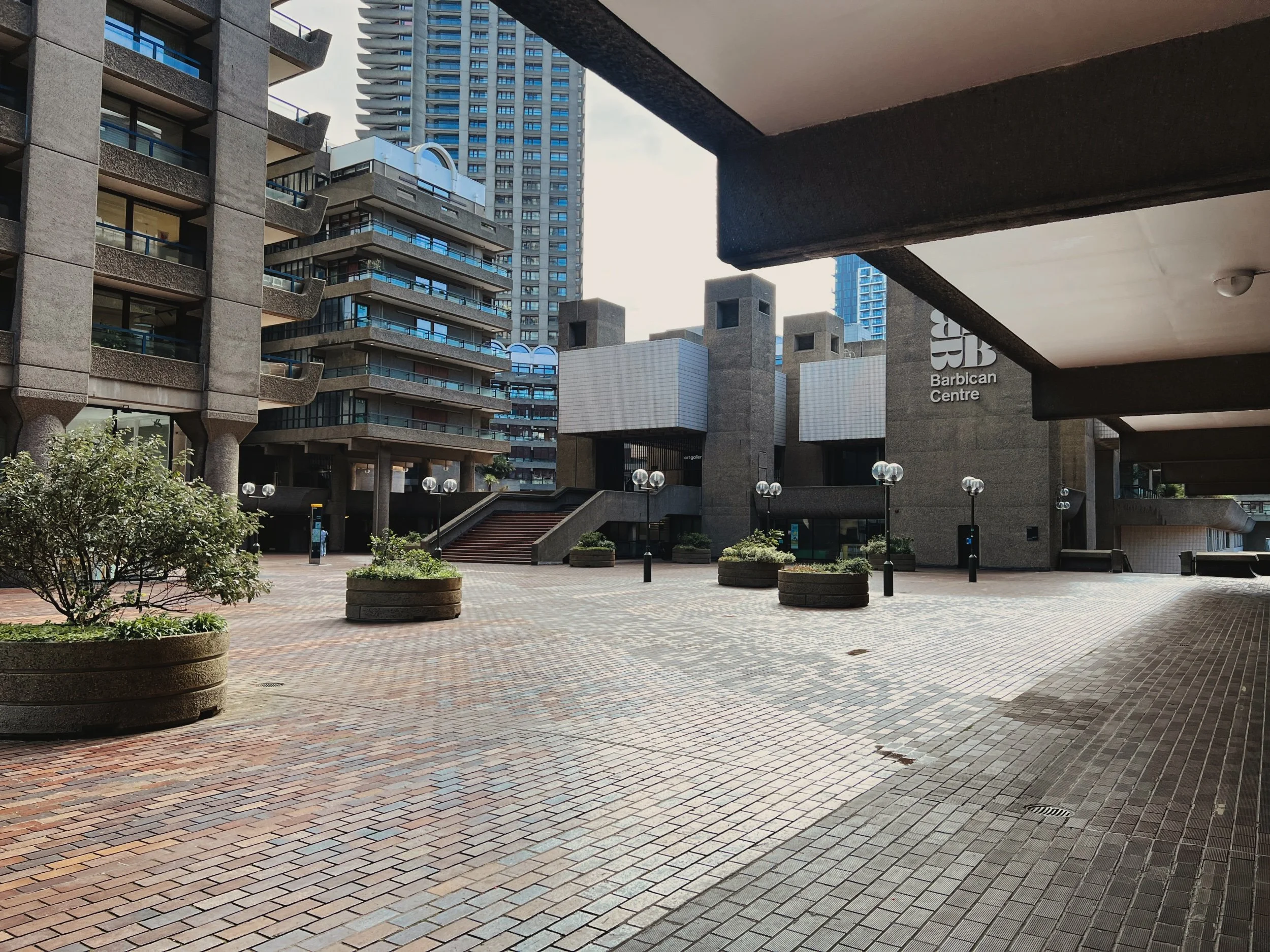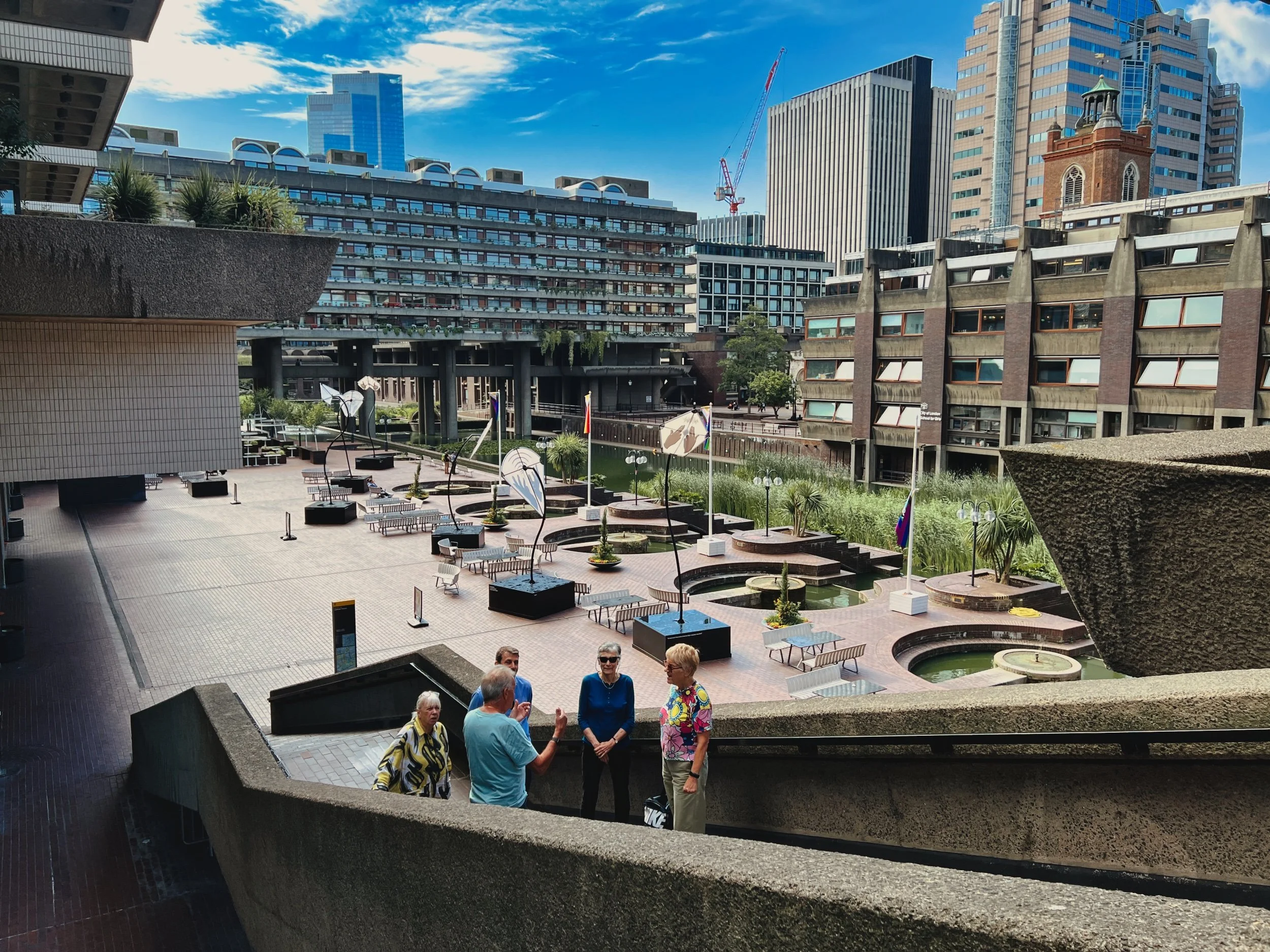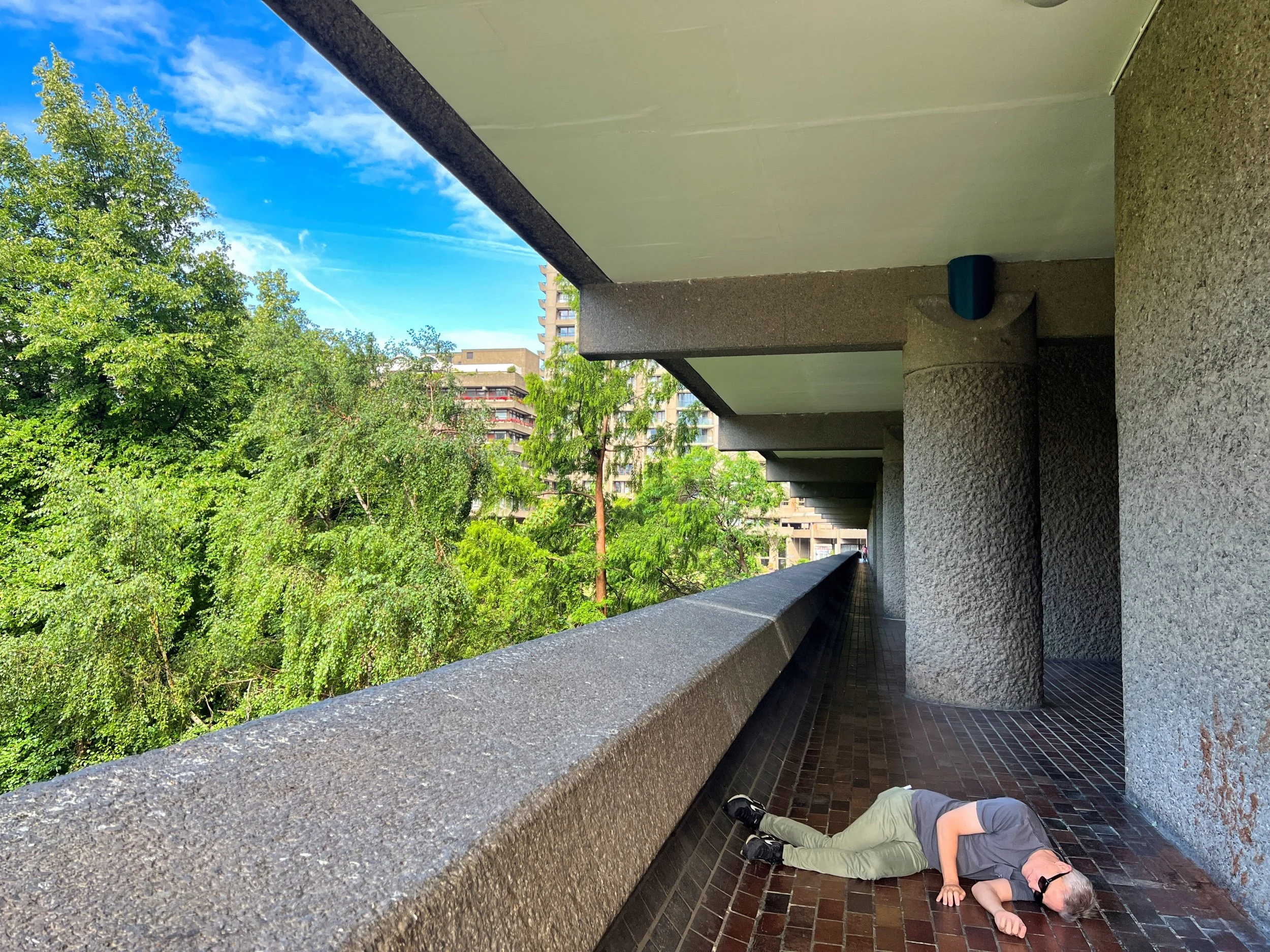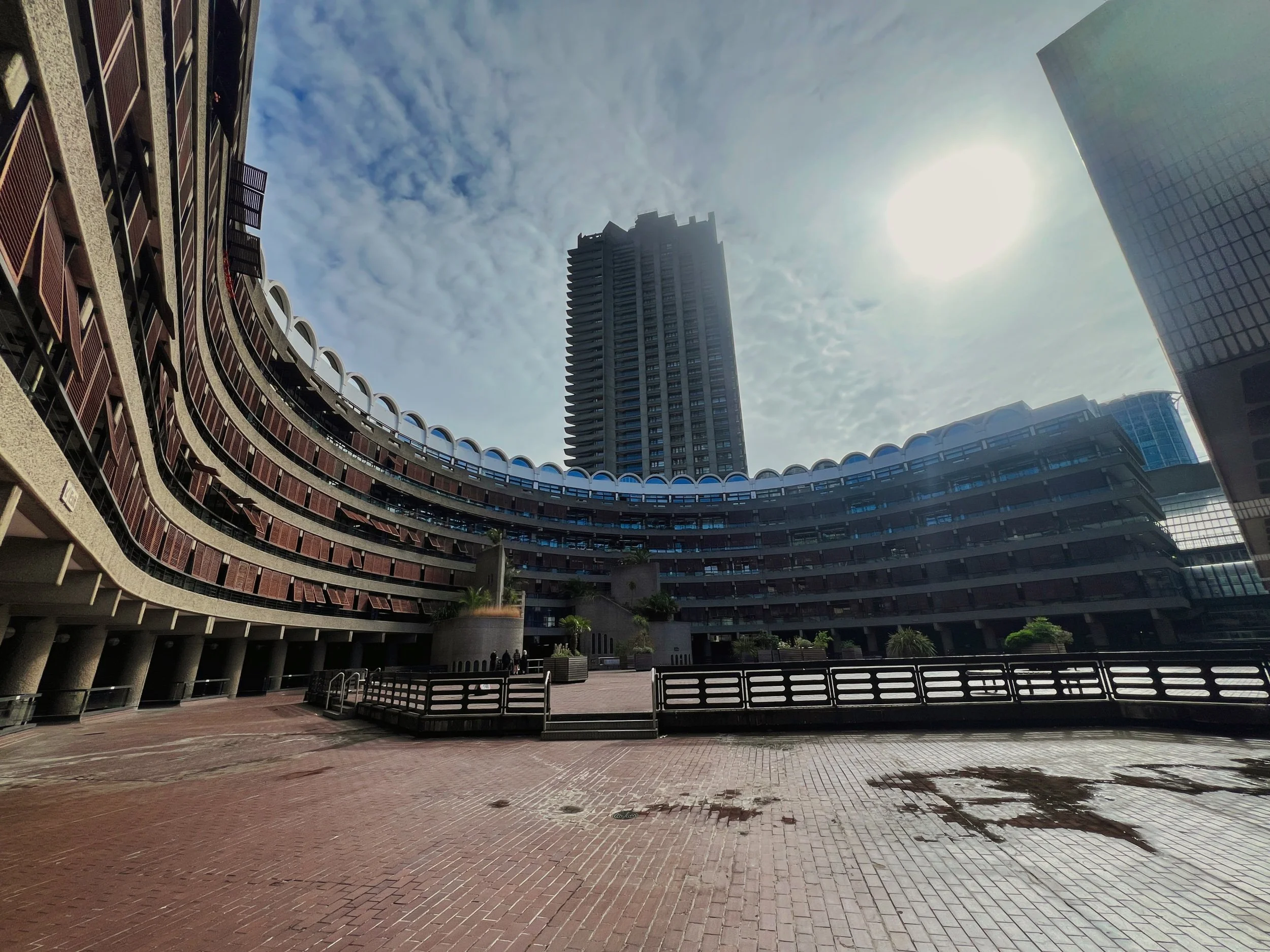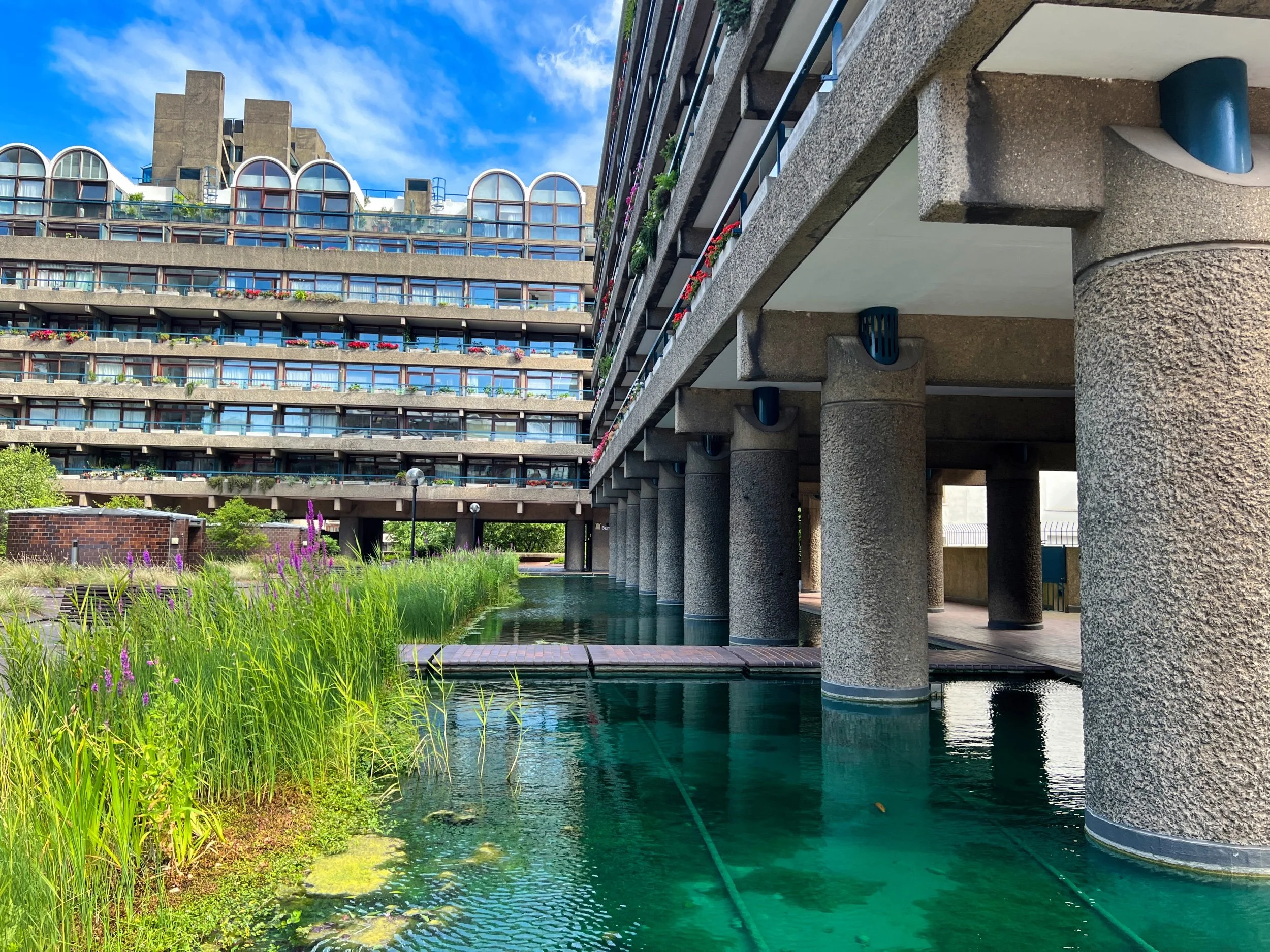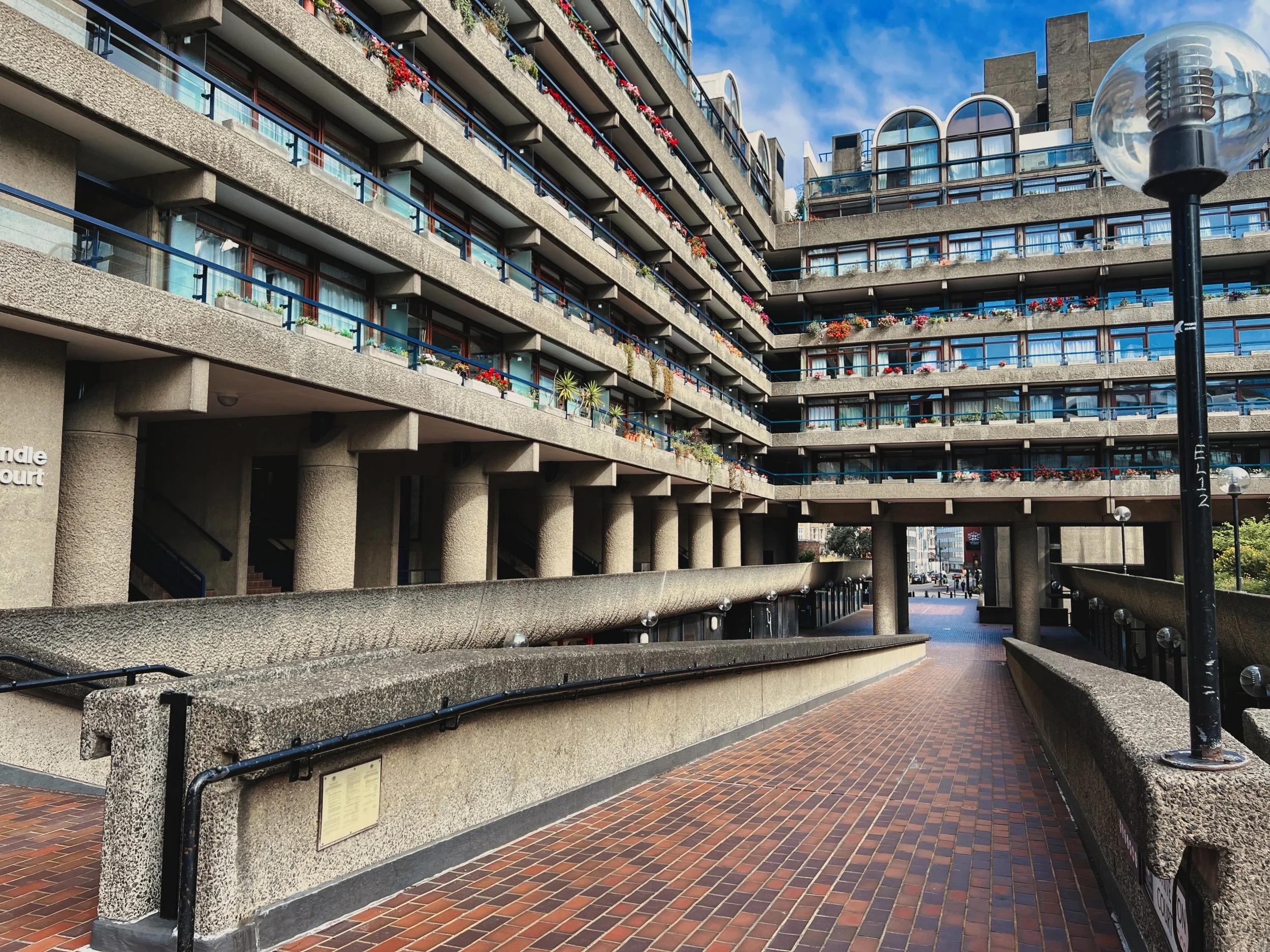Barbican Centre
Barbican Centre – London’s iconic Brutalist cultural hub, home to world-class theatre, concerts, cinema, and art exhibitions within its distinctive concrete architecture.
The Barbican Centre is one of London’s most significant cultural complexes, renowned for its Brutalist architecture and diverse programming. Opened in 1982, it houses theatres, concert halls, cinemas, galleries, and public spaces, making it a cornerstone of the city’s performing arts and cultural life.
Origins & Construction
Built as part of the post‑war Barbican Estate redevelopment, the Barbican Centre was designed by Chamberlin, Powell and Bon. It is considered one of the most important examples of Brutalist architecture in the UK, with its raw concrete facades and multi-level public plazas.
Cultural Facilities
The complex includes the Barbican Hall (home of the London Symphony Orchestra), the Barbican Theatre, cinemas, and the Barbican Art Gallery, as well as spaces for experimental and community-based events.
Architectural Recognition
Initially divisive for its austere aesthetic, the Barbican Centre has since earned praise as a bold vision of integrated urban design. It became a Grade II listed building in 2001, securing its status as a protected architectural landmark.
Public Spaces & Community
Besides its cultural offerings, the Barbican’s interior gardens, lake, and foyers serve as open spaces for the public, hosting informal gatherings, exhibitions, and educational programs.
Global Influence
Today, the Barbican Centre stands as an international symbol of innovative post-war architecture and remains one of Europe’s largest performing arts centres.
Date: June 2025
Photographer: Héctor Godes
Additional information: https://en.wikipedia.org/wiki/Barbican_Centre
